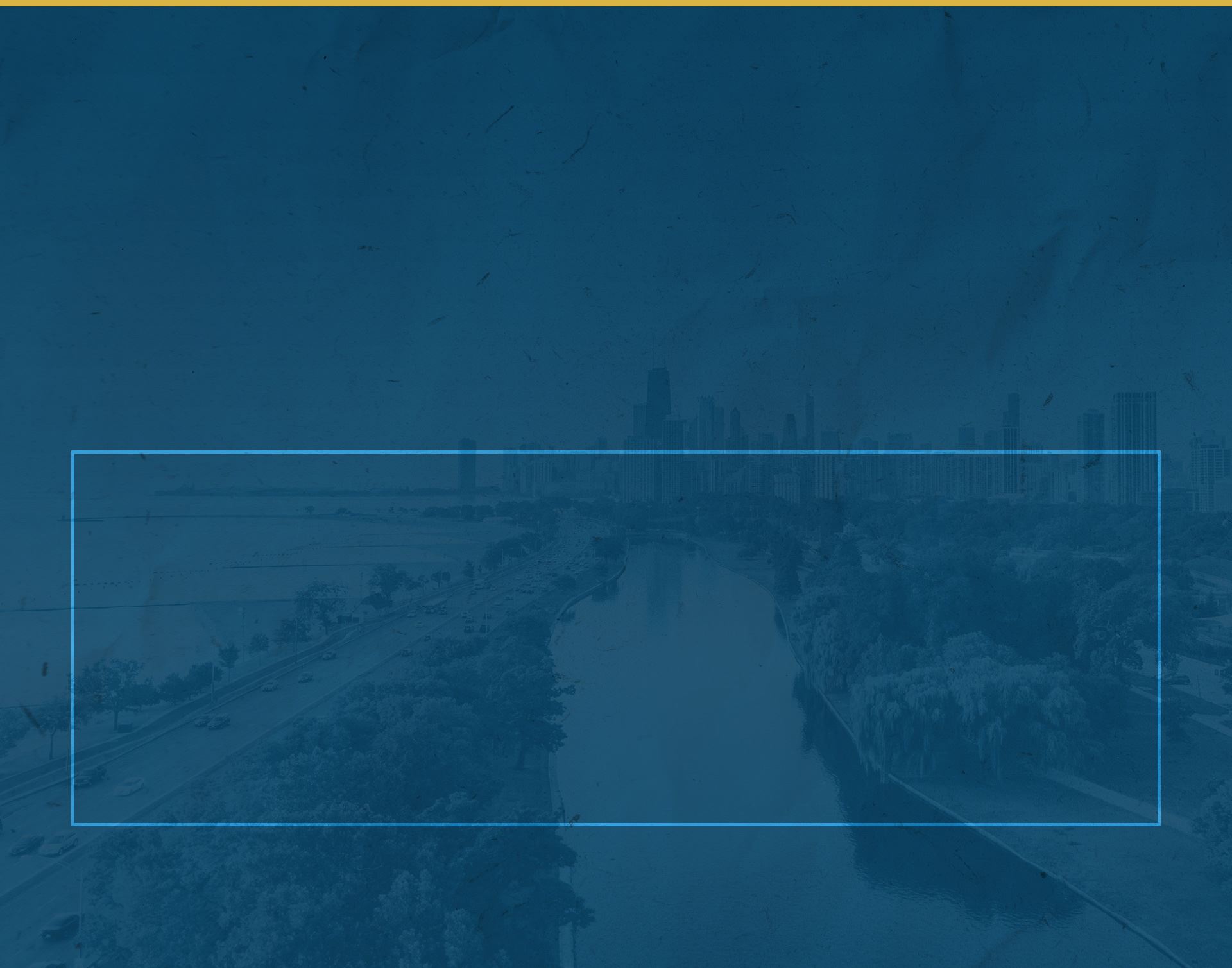
The Bankruptcy Process in Illinois
What to Expect When You File
The most common form of bankruptcy is Chapter 7. We have outlined the basics involved in the process so you understand what to expect if you file for personal bankruptcy protection. Our Chicago bankruptcy lawyer, Joseph P. Doyle, is ready to assist you through every step of the process. We can help you get the most out of filing with regard to discharging debts. In Chapter 7 bankruptcy, your unsecured consumer debt is discharged. You no longer have the debt - it is gone forever. This is the most significant advantage to this form of bankruptcy.
Step 1: Determining Eligibility
The first step in bankruptcy is to determine if you are eligible to file. The law now requires that you complete credit counseling within 180 days of your filing. At our firm, we can provide you with the list of accredited agencies so you get this requirement completed. If you don't provide the court with a certificate of completion of accredited credit counseling, your bankruptcy case cannot proceed.
Step 2: Means Test
The second step is the means test. This test evaluates your assets and liabilities to determine if you are eligible to seek Chapter 7 bankruptcy protection. If you don't meet the eligibility requirements, you can file for Chapter 13 bankruptcy.
Step 3: Submission of Forms
The proper forms must be submitted to the bankruptcy court and all of this data must be absolutely accurate. Any source of income that you don't disclose could lead to a belief that you were attempting to commit bankruptcy fraud. It is extremely important that every asset and debt are listed on the various schedules that are submitted along with your petition to the bankruptcy court.
Step 4: Assignment of Trustee
After all of your paperwork has been filed, a bankruptcy trustee is assigned to your case. The trustee can determine if you currently own any assets that could be liquidated to pay off any portion of your debt. There are exemptions that allow you to keep assets up to a certain value, including vehicles, value in your home, tools of your trade and other items. We can help you to understand how the state or federal bankruptcy exemptions may affect your personal situation, but in a large majority of cases, the petitioner loses nothing other than debt.
Step 5: Meeting of Creditors
The first meeting takes place, called a "Meeting of Creditors." At this meeting, you can be asked certain questions about your financial condition and the information on the forms you submitted to the court. You are under oath during this questioning. Creditors who want to challenge the discharge of a debt can appear, but in most cases, no creditors appear. In either case, our firm can assist you in the entire process, which ordinarily is fairly short.
Step 6: Confirmation of Eligibility
By this step of the process, you are confirmed to be eligible for Chapter 7. If there is a question about eligibility, you may have the option to file Chapter 13.
Step 7: Liquidation of Nonexempt Property
If you have assets that can be liquidated to pay debt, or nonexempt property, the trustee managing your case may make the decision whether or not to seize the property. This is a very important point in the process to have an attorney to work with the trustee to allow you to keep some or all of your nonexempt property.
Step 8: Reaffirmation of Secured Debts
During this step, the trustee may work with you on you secured debts - those secured by collateral, such as a car or your home. You have the ability to reaffirm the debt, which essentially means you intend to continue making payments.
Step 9: Financial Management Course
You are required to attend a course in financial management, an educational course about budgeting and finances, with the goal of training you so that you are not in this position again in the future. You may be required to submit a form to prove that you have completed this course.
Step 10: Debts Are Discharged
In this step of the process, your unsecured consumer debt is discharged, and your bankruptcy is completed and the case closed. The initial debt is completely gone and you may not be contacted by those creditors. The types of debts that are eligible for discharge may include credit card debt, medical bills, utility bills, personal loans and other similar debts. At the end of your bankruptcy, you are free from these debts and able to move forward with a fresh financial start.
Contact Our Chicago Bankruptcy Lawyer
Are you considering bankruptcy? The entire process ordinarily takes about four to five months to complete, and during that period, your creditors cannot take any legal action against you. At the end of the process, you are free from a large portion of what you had owed and your initial debts are gone forever.
Connect with our firm to speak with our bankruptcy lawyer so we can review your situation and advise you about your eligibility.

Why We Are Prepared to Help You

-
We Can Help to Eliminate Your DebtWe strongly believe in providing clients with accessible and honest advice throughout the entire bankruptcy process.
-
We Can Protect Your Consumer RightsWe are dedicated to protecting you from debt collection, telemarketer abuse, unfair auto financing, and student loan debt.
-
We Can Help End Wage GarnishmentWe can help put a stop to collector calls, garnished wages, and frozen bank accounts to move to a stronger future.
-
We Can Put a Stop to Creditor HarassmentWhen you hire us to handle your lender negotiations or bankruptcy, debt collectors can no longer contact you.